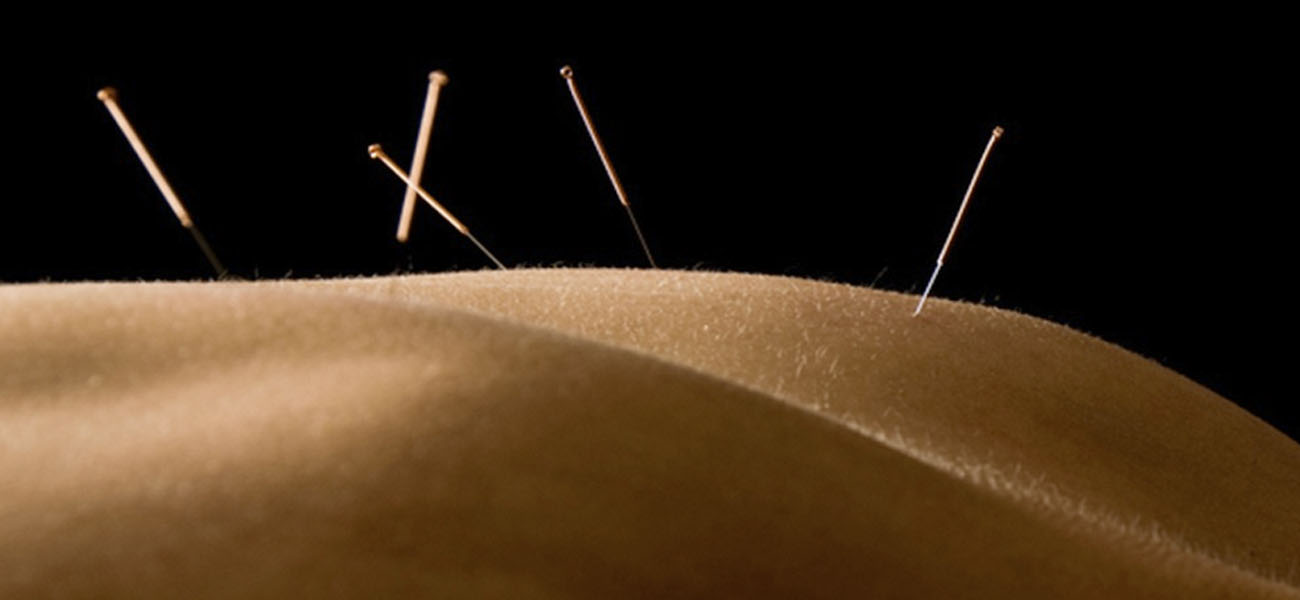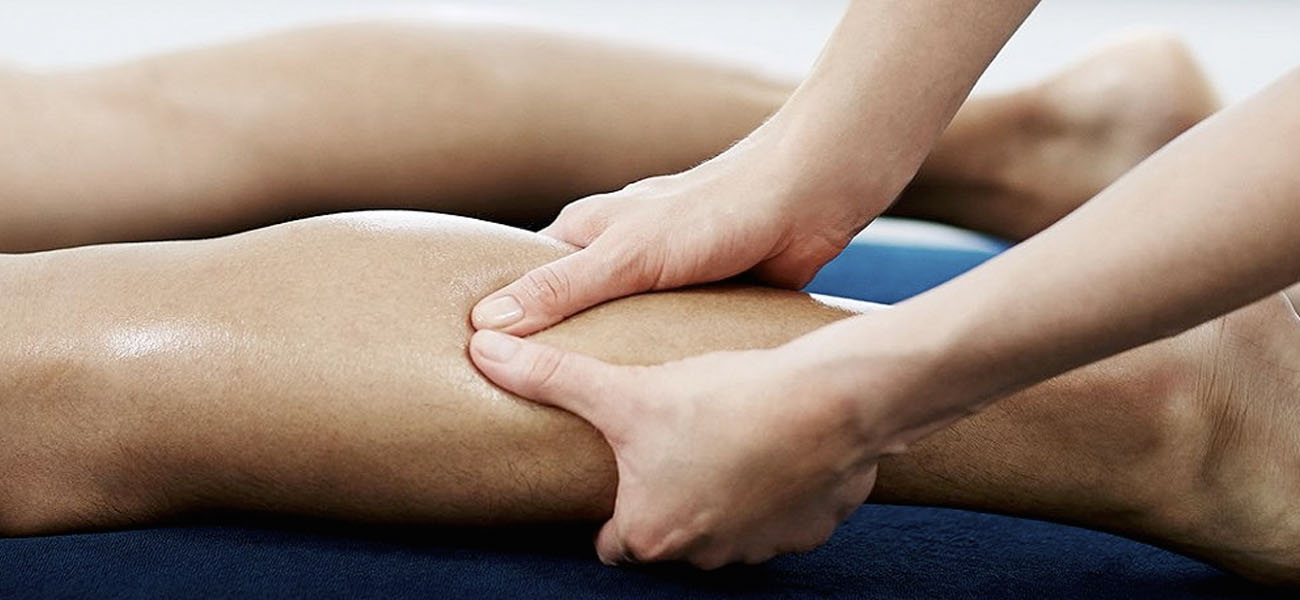Hip Pain
Hobbled by hip pain? Let us help.
The hip is the largest and strongest joint in the body, meaning it is designed to cope with repetitive movement and impact. The prevalence of hip pain is 10% in the general population and this increases with age.
The source of your hip pain may come from various different areas including: lower back, abdominal muscles, the labrum or any of the many tendons that attach into the hip region. Hip pain can make everyday tasks, like putting on your shoes and socks, challenging therefore it is important to seek advice from a professional.
What type of hip pain do you have?
Our Physiotherapists see lots of different types of hip conditions in younger and older patients. Hip flexor and gluteal tendinopathy, arthritic hips, post op hip replacements or resurfacing, labral tears and many more. Hip pain and stiffness can affect your walking, swimming, cycling and basic daily activities.
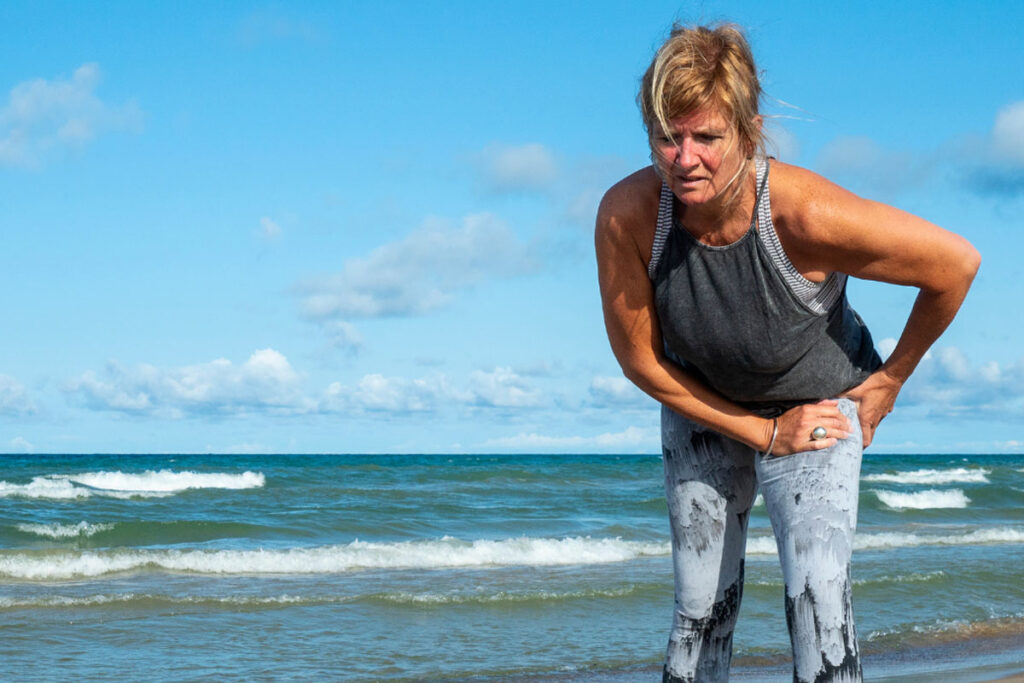
Labral issues
The labrum is a fibrous cartilage that surround the socket of the hip joint that provides stability. Issues can occur from overuse, injury or wear and tear and can cause severe pain or reduced range of motion.
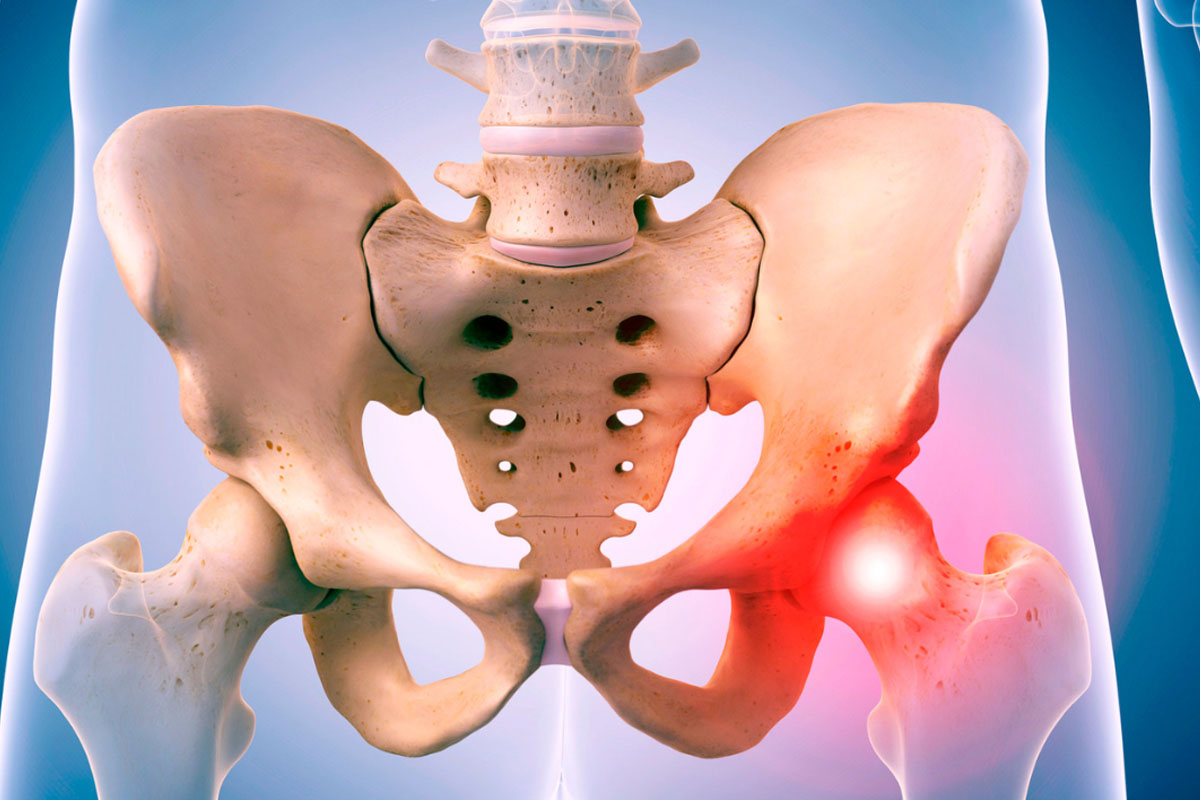
Osteoarthritis
Osteoarthritis is the most common form of arthritis and can result in severe pain, especially in the hip. This occurs when the cartilage (connective tissue that protects our joints) begins to breakdown.
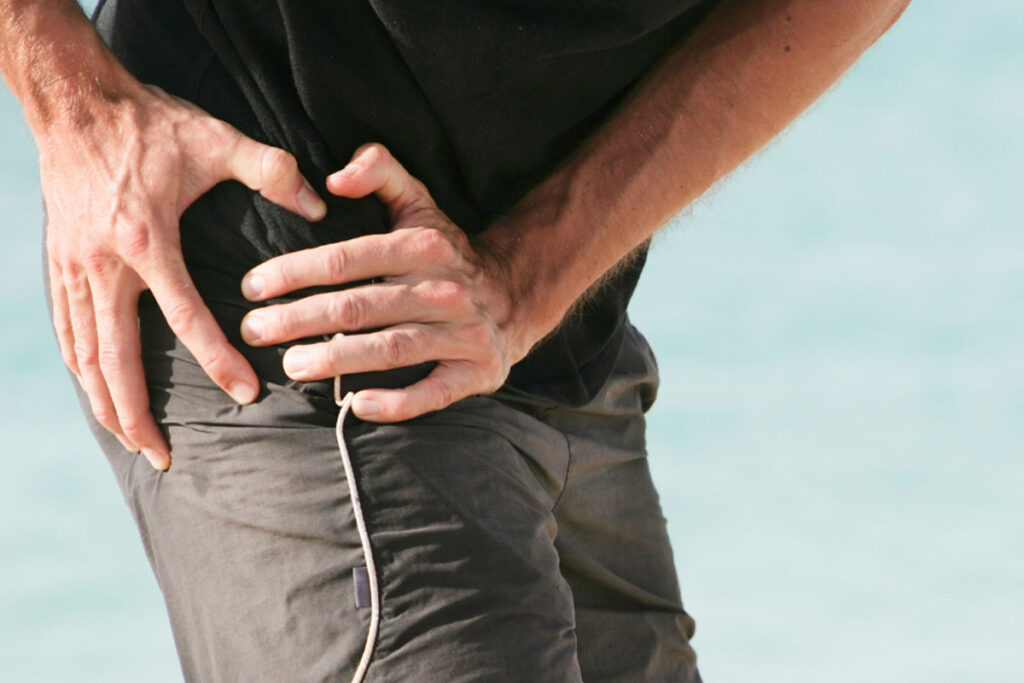
Tendinopathy
Any damage to a tendon is referred to as a tendinopathy. A gluteal tendinopathy is one of the most common around the hip especially in older woman
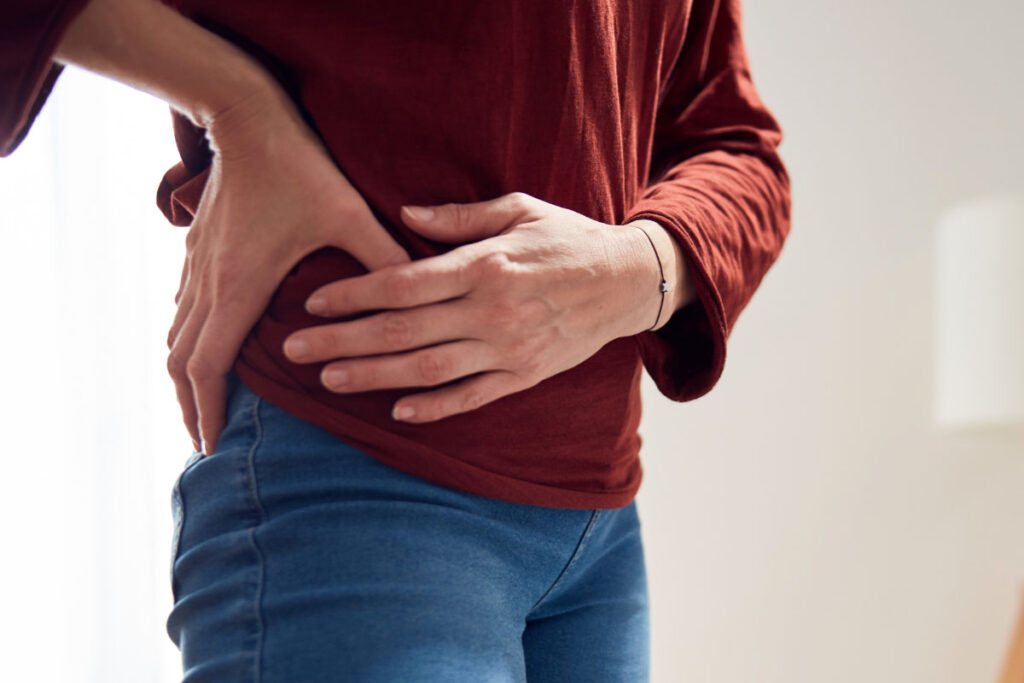
Bursitis
Bursitis is inflammation to the bursa, usually by compression, with the most common place occurring on the outside aspect of the hip. A bursa is a fluid filled sack that lies between bone and soft tissue to prevent friction
Treatments we recommend for hip pain
Your Head2Toe Physio will carry out a thorough assessment, looking at what you can do, what you can’t do and whether there’s anything that should be of greater concern. Whether breaststroke in the pool or clambering over styles on long country walks are getting harder, our clinicians will do their best to get you back on track.. A combination of exercise therapy and manual therapy often proves helpful. Combined with a little education on what’s happening and why, things can often improve pretty quickly.
Physiotherapy
Physiotherapy is a healthcare profession concerned with improving human [...]
Manual Therapy
Manual Therapy, Mobilisation and Manipulation. A hands on clinical [...]
Acupuncture
What problems can acupuncture help? Arthritis and rheumatism Back [...]
Sports Massage and Remedial Massage
Sports Massage and Remedial Massage ‘Sports massage is [...]
Our frequently asked questions about hip pain?
Hip pain can be caused by a number of factors, including osteoarthritis, bursitis, tendonitis, muscle strains, fractures, or impingements. At Head2Toe Physio we see a range of patients with hip pain. We see patients with hip resurfacings or replacements, either because of arthritic hips or fractures. We see patients with lateral hip pain because they increased their walking distances a bit too quickly and we see those with those patients with clicky, clunky, catching hips, that just won’t get better.
At Head2Toe Physio, our physiotherapists will perform a thorough assessment. They will take a medical history and listen to what your problem is, how long it’s been there and what makes it better and worse. They’ll perform a physical examination.
For sporting patients, they might examine any videos or pictures of your sporting technique. For those with pain on running, they will likely watch you running to see if anything in your gait pattern might be contributing to your pain.
For those with diagnostic imaging (such as X-rays or MRIs), we will go through your scan reports with you and try to determine the underlying cause of your hip pain.
Our Head2Toe Physiotherapists have a range of treatment options for your hip pain. These may include manual therapy, exercise therapy, electrotherapy, education on sporting technique, posture and ergonomics, and modalities such as ultrasound or TENS. We will develop a personalized treatment plan based on your specific needs and goals.
At Head2Toe Physio we see lots of patients who are understandably keen to avoid surgery. They’re often sent by local doctors and consultants who think that surgery should be avoided at this particular time.
In many cases, physiotherapy can be effective in reducing pain, improving function, and delaying or avoiding the need for surgery. Our goal is to help you regain mobility and improve your quality of life without the need for invasive procedures.
It depends on the cause and severity of your hip pain. Our physiotherapists will work with you to develop an exercise plan that is safe and appropriate for your specific condition, and can help you maintain your fitness while you recover.
Our physiotherapists will provide education and guidance on techniques to prevent hip pain from recurring, such as maintaining good posture, using proper body mechanics, and staying active. We may also provide exercises to strengthen the muscles supporting the hip joint and improve flexibility.
You’ll be pleased to hear that you can get your hip pain treated at any of our 3 clinics in Surrey and West Sussex.
At Dorking and Leatherhead, our clinics are based in sports centres with fantastic access to gym facilities and ample room to get you back up to full fitness. At Crawley, we have a modern physio clinic with our own rehab studio, all set to return you back to what you want to do, as quickly and effectively as possible.



